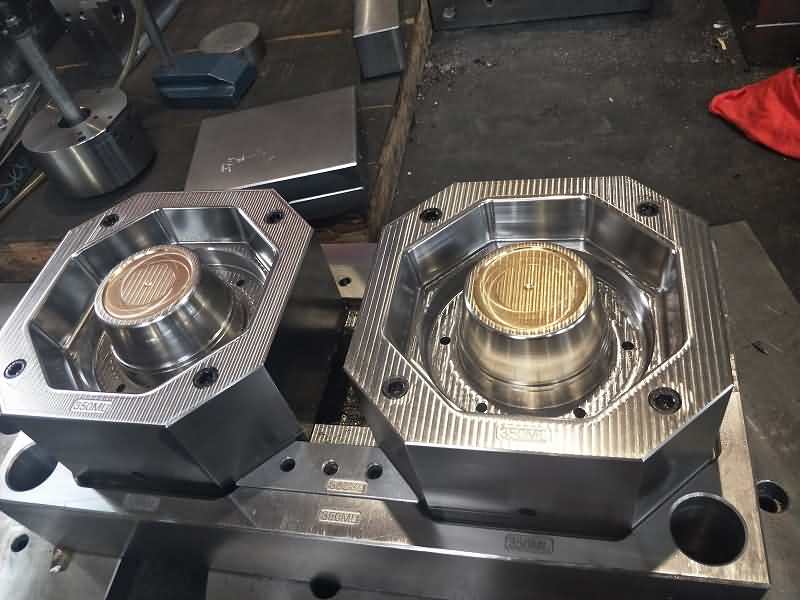
Plastic injection molding shrinkage is one of the properties when the material temperature drips. The rate of injection molding shrankage is needed in determining the final workpiece dimensions. The value indicates the amount of contraction that a workpiece exhibits after it has been removed from the mold and is then cooled at 23C for a period of 48 hours.
Shrinkage is determined by the following equation:
S=(Lm-Lf)/Lf*100%
where S is the mold shrinkage rate, Lr the final workpiece dimensions(in. or mm), and Lm the mold cavity dimensions(in or mm). The type and classification of plastic material has variable value of shrinkage. The shrinkage can be affected by a number of variables such as cooling strength workpiece thickness, injection and dwell pressures. The addition of fillers and reinforcements, such as glass fiber or mineral filler, can reduce the shrinkage.
Shrinkage of plastics products after processing is common, but crystalline and amorphous polymers shrink differently. All plastics workpieces shrink after processing simply as a result of their compressibility and the thermal contraction as they cool from the processing temperature.
Amorphous materials have lower shrinkage. When amorphous materials cool during the cooling phase of the injection molding process, they retun to a rigid plymer. The polymer chains that make up the amorphous material have no specific orientation. Examples pf amorphous materials are polycarbonate, ABS, and polystyrene.
Crystalling materials do have a defined crystalline melting point The polymer chains arange themselves in ordered molecular configuration. These ordered areas are crystals that form when the polymer is cooled from its molten state. For semicrystalline polymer materials, the formation and the increased packing of the molecular chains in these crystalline areas. the injectio molding shrinkage for semicrystalline materials is higher than for amorphous materials. Examples of crystalline materials are nylon, polypropylene, and polyethylene.The lists a number of plastic material , both amorphous and semicrystalline, and their mold shrinkage.
| Shrinkage for thermoplastics/% | |||||
| material | mold shrinkage | material | mold shrinkage | material | mold shrinkage |
| ABS | 0.4-0.7 | polycarbonate | 0.5-0.7 | PPO | 0.5-0.7 |
| Acrylic | 0.2-1.0 | PC-ABS | 0.5-0.7 | polystyrene | 0.4-0.8 |
| ABS-nylon | 1.0-1.2 | PC-PBT | 0.8-1.0 | Polysulfone | 0.1-0.3 |
| Acetal | 2.0-3.5 | PC-PET | 0.8-1.0 | PBT | 1.7-2.3 |
| Nylon 6 | 0.7-1.5 | Polyethylene | 1.0-3.0 | PET | 1.7-2.3 |
| Nylon 6,6 | 1.0-2.5 | Polypropylene | 0.8-3.0 | TPO | 1.2-1.6 |
| PEI | 0.5-0.7 | ||||
The variable shrinkage effect means that processing tolerances achievable for amorphous polymers are far better than those for crystalline polymers, because crystallites contain more ordered and better packing of the polymer chains, phase transition increases shrinkage considerably. But with amorphous plastics, this is the only factor and is easily calculated.
For amorphous polymers, shrinkage values are not only low, but shrinkage itself is quick to occur. For a typical amorphous polymer such as PMMA, the shrinkage will be in the order of 1-5mm/m. This is due to cooling from about 150(the temperature of the melt) to 23C (room temperature)and can be related to the coefficient of thermal expansiono.